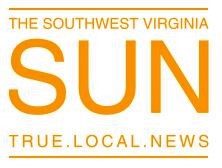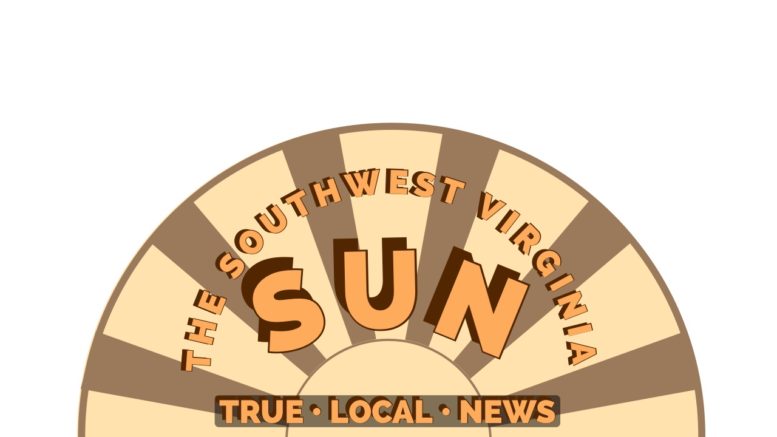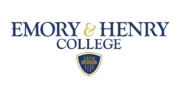Students, faculty, and community volunteers from more than a dozen colleges and universities across the state will take to the streets this summer. The teams will collect data about how heat varies across communities as part of a statewide effort to understand where residents are most at risk during extreme heat waves.
Participants from Bridgewater College, Emory & Henry College, Hampden-Sydney College, Hollins University, Marymount University, Randolph College, Roanoke College, Shenandoah University, Sweet Briar College, University of Lynchburg, University of Richmond, Virginia State University, and Virginia Wesleyan University will traverse Abingdon, Arlington, Farmville, Harrisonburg, Lynchburg, Petersburg, Richmond, Salem, Virginia Beach and Winchester. Using specially designed thermal sensors, these ‘community scientists’ will be driving, biking, and walking prescribed routes to record air temperatures and humidity over three specific times of the day during the hottest time of the summer.
The heat assessment project, dubbed Heat Watch, involves collecting highly detailed near-surface air temperature data for the purpose of relating land uses like asphalt parking lots, community green spaces, and topography to temperatures. The project’s deliverables will include maps of air temperature and heat index, datasets of participant temperature observations, and a final report for each locality describing the methods, results, and interpretations. Previous campaigns in Richmond (2017), Norfolk (2018), and Roanoke (2020) revealed temperature differences as large as 16°F between the coolest and hottest places at the same time, invigorating local conversations about climate justice and land use policy.
Data generated by this project will tie into many existing programs and initiatives in the commonwealth, including: public health, energy efficiency, climate change mitigation and resilience, emergency preparedness and management, urban forestry, land use planning, equity and social justice, community partnerships, and student engagement.
Project partners include CAPA Strategies, Capital One, the Science Museum of Virginia, and the Virginia Department of Forestry.
“Community science initiatives like this heat mapping campaign have contributed immensely to our understanding of how environmental stressors are not felt equally across communities here in the commonwealth,” said Science Museum of Virginia Chief Scientist Dr. Jeremy Hoffman. “We look forward to supporting these community-focused projects, which not only help students connect science theory with real-life resiliency strategies they can apply in their communities, but also build social cohesion and help train the future green workforce.” Lara Johnson, Urban and Community Forestry Program Manager stated, “the Virginia Department of Forestry is glad to be a partner in this important work with student “citizen scientists.” Greening urban areas is an essential element of community health, and we look forward to helping with data collection of heat islands and engaging in solutions. “
If you are interested in learning more about the project or joining one of the teams collecting data, please contact VFIC President Matt Shank at [email protected].






